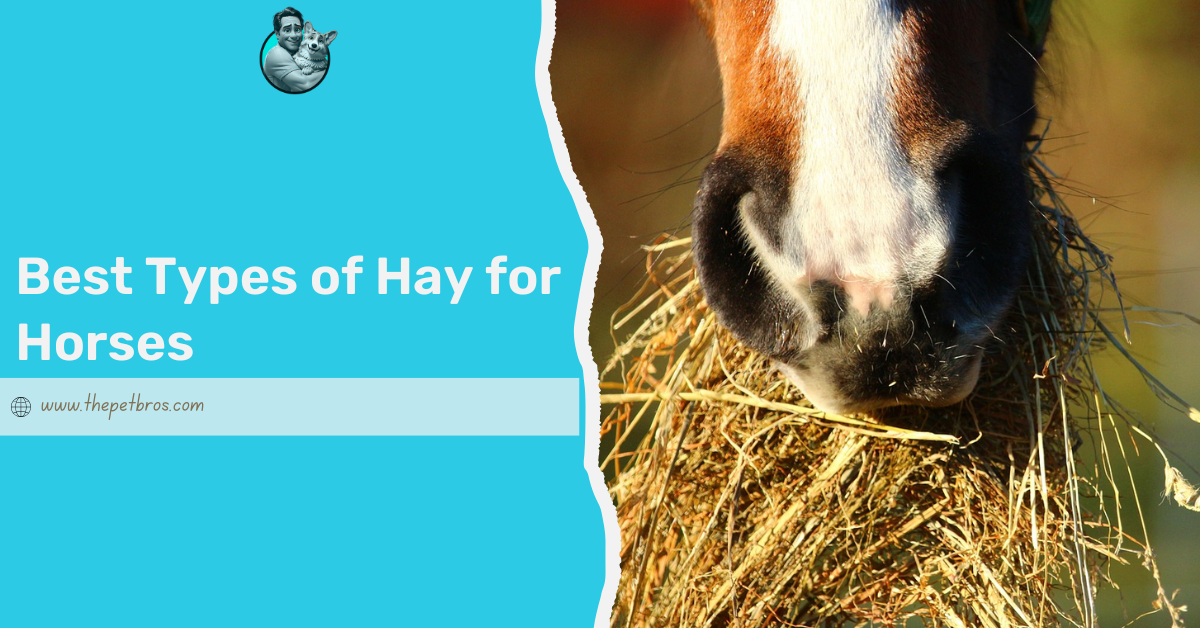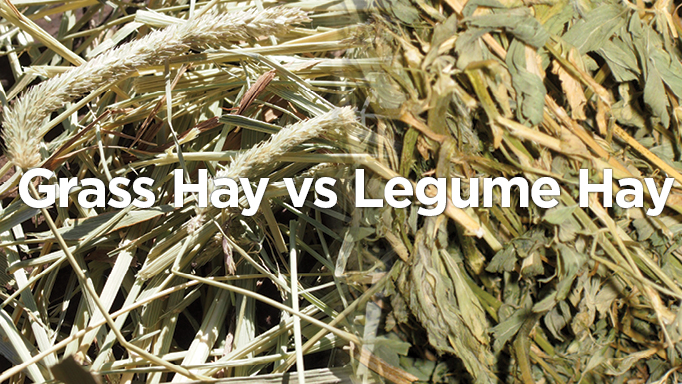The Ultimate Guide to Horse Hay

When it comes to caring for horses, providing the right hay is essential for their health and well-being. This guide covers everything you need to know about horse hay, from types and nutritional value to storage tips and common questions.
Table of Contents
- Introduction to Horse Hay
- Types of Hay for Horses
- Nutritional Benefits of Hay
- How to Choose the Right Hay
- Proper Storage Techniques
- Common Issues and Solutions
- Frequently Asked Questions (FAQ)
1. Introduction to Horse Hay
Hay is the primary source of forage for horses, supplying essential fiber and nutrients. Understanding the different types of hay and their qualities helps ensure your horse stays healthy and performs well.
2. Types of Hay for Horses
There are several types of hay commonly fed to horses, each with unique characteristics:
| Type of Hay | Description | Best For |
|---|---|---|
| Timothy Hay | High fiber, low protein, good for adult horses | Maintenance and light work |
| Alfalfa Hay | Rich in protein and calcium, more energy dense | Growing, lactating, or working horses |
| Orchard Grass | Soft texture, moderate protein and fiber | Horses with sensitive digestion |
| Bermuda Grass | Warm-season grass, lower protein | Horses in warmer climates |
3. Nutritional Benefits of Hay
Hay provides essential nutrients such as fiber, protein, vitamins, and minerals. Fiber aids digestion and keeps the gut healthy, while protein supports muscle development and repair.
4. How to Choose the Right Hay
Consider your horse’s age, workload, and health status. For example, young or pregnant horses may require higher protein hay like alfalfa, while older or less active horses benefit from timothy or orchard grass hay.
5. Proper Storage Techniques
Store hay in a dry, well-ventilated area to prevent mold and nutrient loss. Use pallets to keep hay off the ground and cover it with tarps if stored outside.
6. Common Issues and Solutions
- Moldy Hay: Can cause respiratory problems; discard any moldy bales.
- Dusty Hay: May trigger allergies; soak hay before feeding if dusty.
- Nutrient Deficiency: Supplement diet if hay lacks certain nutrients.
7. Frequently Asked Questions (FAQ)
Q1: How much hay does a horse need daily?
A: Typically, a horse consumes 1.5-2% of its body weight in hay daily.
Q2: Can horses eat hay alone?
A: Yes, hay can be the main diet, but some horses may need additional grains or supplements.
Q3: How do I know if hay is good quality?
A: Look for green color, fresh smell, and minimal dust or mold.
By understanding the types, benefits, and proper handling of horse hay, you can ensure your horse receives the best nutrition possible. This guide serves as a comprehensive resource for horse owners and enthusiasts alike.
